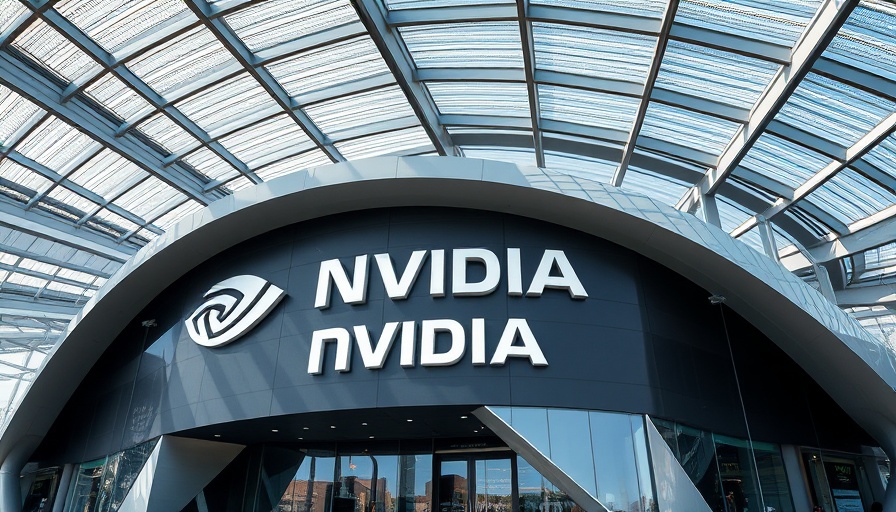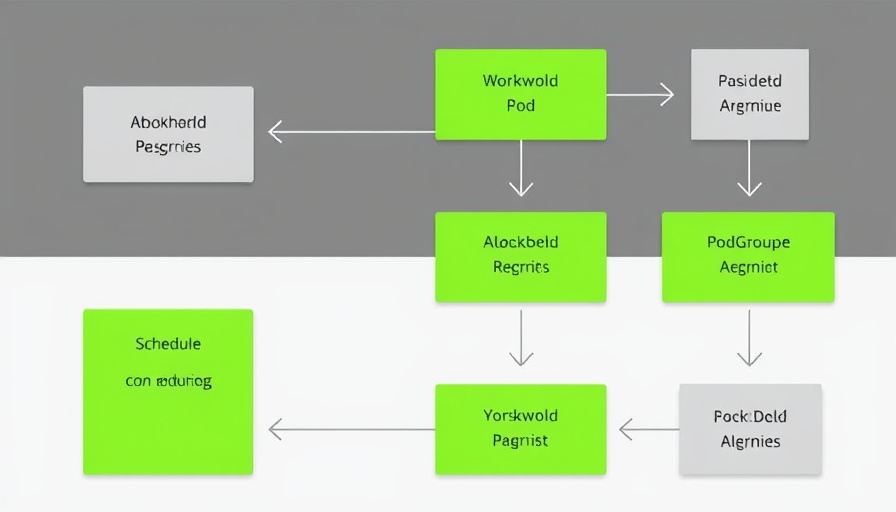
The Role of Failure in Innovation
Nvidia’s recent success in artificial intelligence (AI) innovation highlights a fundamental truth in research and development: failure is not merely an obstacle but a stepping stone to success. The tech giant has embraced a culture that encourages failing fast and learning quickly, a philosophy that has proven effective in navigating the complex landscape of AI advancements. This approach not only fosters creativity but also accelerates meaningful breakthroughs in technology.
Historical Context: AI’s Rapid Evolution
To understand Nvidia's approach, it’s crucial to trace the evolution of AI over the last few decades. Early days focused heavily on rule-based systems, which often fell short of expectations. As new algorithms, particularly deep learning techniques, emerged, the landscape dramatically shifted. Companies like Nvidia recognized that advancing technologies meant encountering numerous setbacks, thus adopting a mindset that prioritizes rapid iteration over prolonged caution.
The Emotional Aspect of Failing
For many AI enthusiasts, the concept of failure can be daunting. However, embracing failure can lead to remarkable growth. Nvidia’s researchers cultivate an environment that mitigates the fear of failure, instead encouraging teams to see every setback as an opportunity for learning. This emotional resilience is essential in any cutting-edge field where experimentation is the core of progress. As such, being able to rebound quickly from failure can lead to revolutionary discoveries, making their approach highly relevant in today's tech-driven world.
Pioneering Lessons from Nvidia
Nvidia’s strategies in research serve as a powerful case study for aspiring innovators in the tech industry. Their willingness to test theories, iterate on concepts, and pivot from unproductive paths is a core principle that others can emulate. This ‘fail fast’ approach emphasizes agility — a valuable asset when pacing with the ever-evolving demands of AI advancements.
Future Insights: What’s Next for AI Research?
Looking ahead, the significance of Nvidia’s approach will continue to resonate within the tech community. As AI technologies become more integrated into various sectors, the ability to rapidly innovate and adapt will be paramount. This suggests a future where research institutions must cultivate similar mindsets, focusing on agile methodologies and the rapid turnaround of insights into practical applications. Continuous learning from failures will remain a critical part of this journey.
Conclusion: Embracing the Challenge of Innovation
The story of Nvidia is a reminder that success in AI does not hinge solely on technical prowess or financial investment, but also on an ethos that values exploration, experimentation, and resilience. For AI enthusiasts, this philosophy is not just a lesson in research strategy — it’s an inspiring call to action. As technology evolves, those who dare to take risks, learn from their failures, and persist in their endeavors will inevitably shape the future landscape of AI. Embrace the challenge of innovation and contribute your voice to the rapidly advancing world of technology!
 Add Row
Add Row  Add
Add 




 Add Row
Add Row  Add
Add 

Write A Comment